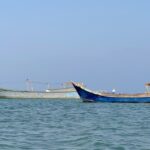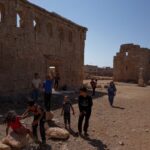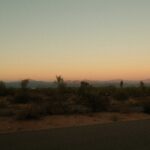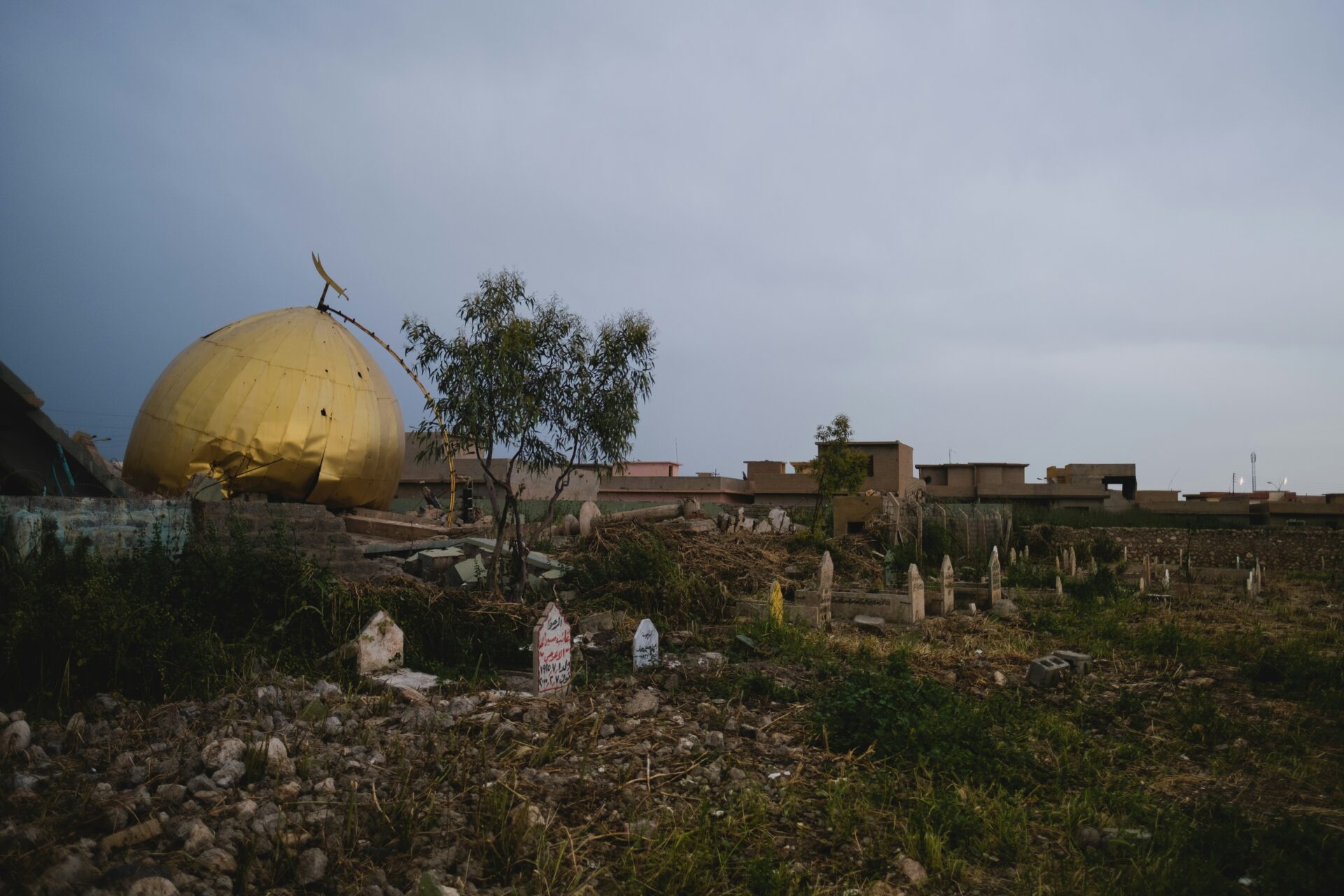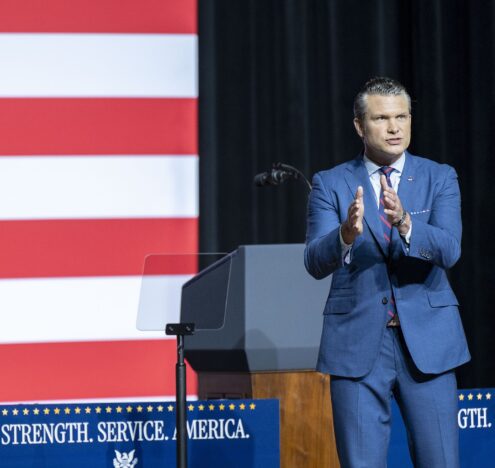As world leaders gather at COP29 in Azerbaijan, the world around them is warming. While they dither over the minutiae of agreements that might never be implemented, ordinary people are confronting the increasingly challenging consequences of that inaction: with alarming regularity, that includes violence.
Veteran journalist Peter Schwartzstein brings this home in his new book, The Heat and the Fury: On the Frontlines of Climate Violence. Throughout its very readable pages, he relies on his years of reporting from across the globe and introduces us to a galaxy of compelling characters, including a village chief in Senegal, a mid-level career policeman in Iraq, a shopkeeper in Greece, and an activist in Sudan. Mostly, they are ordinary people grappling with profound and rapid changes, but others, like a slick Saudi agribusiness manager and a deeply intimidating Ethiopian security officer, weave their way into the story.
His reporter’s notebook also comes in handy for a scattering of well-placed stories from the field to help the reader feel like they are along for his sometimes-madcap adventures: escaping an Iraqi tax driver’s kidnapping attempt, or, more humorously, trying to shake off a drunk and loquacious Bangladeshi pirate who had imposed himself on a quiet drink after a long day.
These sketches rarely feel like self-aggrandizing war stories, which they could so easily become in less-skilled hands. Instead, they are the essence of good travel writing: a chance encounter that often yields a deeper realization.
Farmers, Kidnappers, and Pirates
This approach successfully humanizes those affected by climate-related violence, but Schwartzstein also clearly has the facts to back up the anecdotal evidence. In the introduction, he declares that he will keep “statistics to a relative minimum,” but he deploys them nicely to compliment his argument. The result is a book that will satisfy all kinds of readers, from those with only a passing familiarity with the topic to those who study it intensively.
His travels there take him literally into pirate-infested waters, where he details the rise of jaladoshyu in the mangrove forests on the coast.
For some, the chapters on the Middle East will feel like well-trodden ground, in part because Schwartzstein and others in the climate security space have already done so much work there. (The reporting for his seminal 2017 National Geographic article “Climate Change and Water Woes Drove ISIS Recruiting in Iraq” provides the basis for the Iraq chapter.) Yet, for those who have lived and worked in the region, The Heat and the Fury will confirm much of what they have seen for themselves.
In contrast, the chapters on South Asia, particularly on Bangladesh, are fresh and exciting. His travels there take him literally into pirate-infested waters, where he details the rise of jaladoshyu in the mangrove forests on the coast. Many of them are farmers who turned to kidnapping for ransom and other criminal activity as a response to severe economic hardship brought on by environmental changes — for instance, rising salinity levels, devastating storms, and pollution. Their desperate, predatory heel turn as pirates only added to the immiseration of their own communities.
“Form of Insanity”
The pirates’ actions are clearly villainous, but Schwartzstein portrays them — and many others in the book — on a deeper level as people who are faced with outrageous circumstances as our planet gets hotter. A consistent theme of the book is that people react to these changes in ways that resemble “a form of insanity,” as one young man in Burkina Faso puts it. Schwartzstein’s empathetic writing shows that easy, black-and-white narratives fail to capture this complex problem.
The Heat and the Fury is more than timely. The events and dynamics in its pages echo again and again on our TV screens and social media feeds. At the end of September, flooding and landslides killed 193 people in Nepal. The death toll was so high in part because many people were caught in landslides while stuck in traffic on the country’s substandard road network, factors that Schwartzstein describes at length. In fact, the tragedy seems eerily reminiscent of the June 2021 disaster on the Melamchi River referenced in the book.
Unfortunately, little has changed in the intervening years. “Saturday’s tragedy in Nepal represents an egregious failure of the Nepali state to keep its citizens safe,” read a Sept. 30 editorial in the Kathmandu Post in a direct echo of so many voices featured in The Heat and the Fury.
While most of the book focuses on relatively poor countries, Schwartzstein makes the risks for richer, Western counties abundantly clear — something recent events also reinforce.
Cascading Risk
The book came out as Hurricane Helene slammed into the southeastern United States in late September, devastating communities from Florida to the Carolinas. The high mountains of Appalachia seemed like an unlikely place for climate-related devastation, but The Heat and the Fury shows how quickly that can change. Conditions that once seemed so reliable — like weather patterns, modern infrastructure, and stable employment — can suddenly disappear, which he describes as cascading risk.
Some places are more resilient because they have better governance. The strength of the state and civil society in the US means that it can deploy the National Guard and Chef Jose Andreas in a robust and timely manner to Asheville to respond to climate disasters, but similar resources are less available in Nepal. Yet if these layers of physical and human security fail, then violence becomes likelier.
Schwartzstein tries to conclude on a hopeful note, recognizing that The Heat and the Fury is not the kind of book that fills one with hope. To ameliorate that, he focuses on the possibilities of environmental peacebuilding, an aikido-like approach where shared climate and environmental concerns can bring communities together rather than tear them apart.
His hope stems from his interactions reporting in the field. In addition to the many challenging situations he came across, he also encountered success stories. Most people, he argues, want to avoid conflict, but it takes work and patience to sustain the kinds of communities that can manage climate threats and manage violence when it happens. It is a lesson everyone should take to heart.





